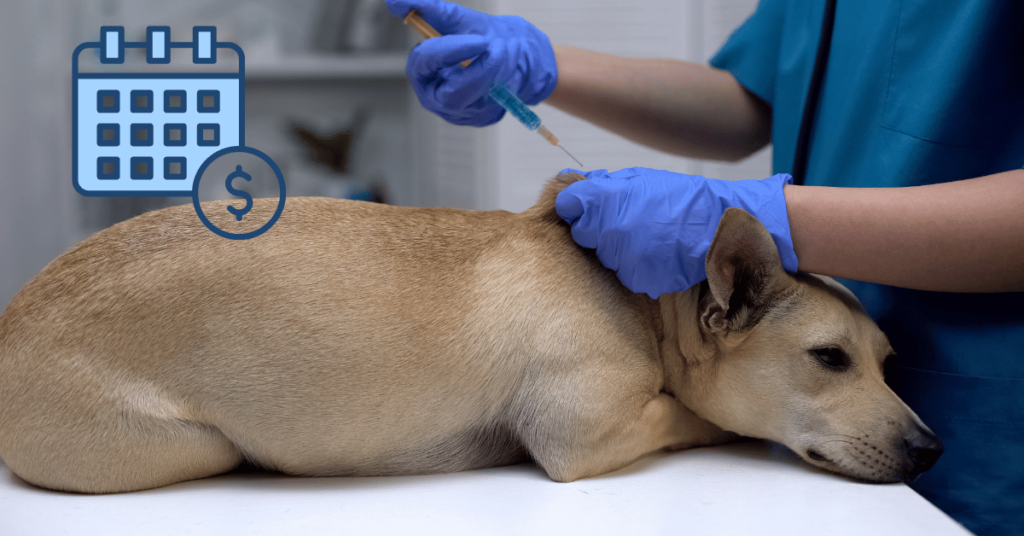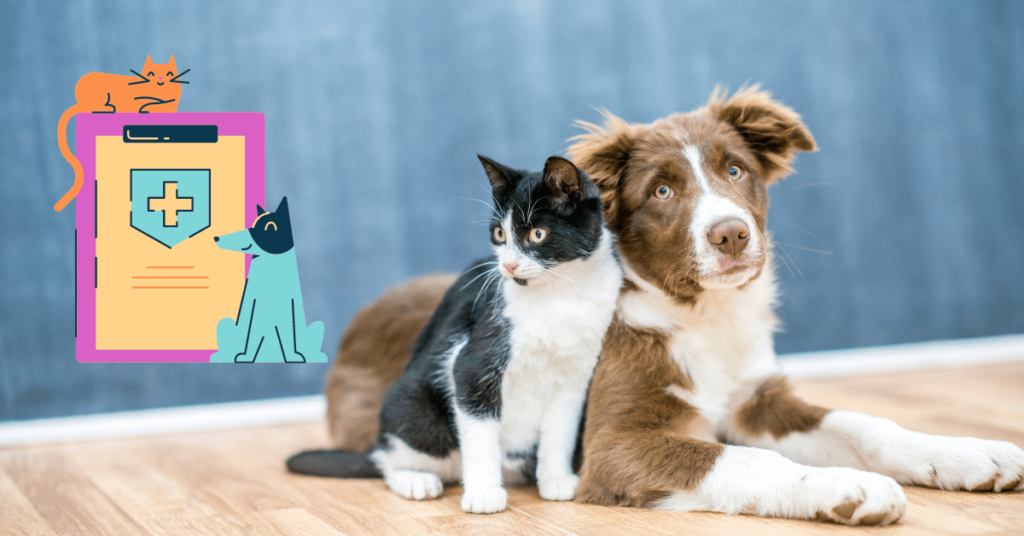Pet insurance can be a lifesaver for pet owners, helping to alleviate the financial burden of veterinary care. By selecting the right insurance plan, you can save thousands of dollars in unexpected vet bills and ensure that your furry friend receives the necessary medical attention. However, many pet insurance policies come with an annual reimbursement limit, which can significantly impact your coverage. This article will delve into what annual limits are, their implications, and how to choose the best option for your pet.
What is an Annual Reimbursement Limit?
The annual reimbursement limit in pet insurance refers to the maximum amount your insurance provider will pay for claims within a 12-month policy period. This limit applies after you’ve met your deductible.
For example, if your pet insurance plan has a limit of $10,000, you will be eligible for reimbursement for all vet bills up to that amount within the year. If your veterinary expenses exceed this limit, you will be responsible for covering the additional costs out-of-pocket.
Understanding Reimbursement Rates
Your reimbursement rate also plays a critical role in determining how much you’ll get back when you file a claim. For instance, if you have a $500 deductible and an 80% reimbursement rate, you would receive $6,800 back after paying $9,000 in veterinary care.
What Does “No Annual Policy Limit” Mean?
When a pet insurance policy has no annual limit, it means there is no cap on the total reimbursement amount for covered veterinary expenses after you meet your deductible. In this case, all your pet’s eligible medical costs will be fully reimbursed according to the policy terms, providing peace of mind for pet owners concerned about high medical expenses.
Annual Coverage Limits Per Condition

Some pet insurance providers implement an annual condition limit, which sets a cap on how much they will reimburse for claims related to a single health condition within a year. For instance, Nationwide offers a “Major Medical” plan that features annual limits per condition.
This type of coverage structure is more common in pet wellness plans, which often have defined benefit schedules that limit payouts for non-medical services. Always read the policy details to ensure you understand any limits that may apply.
What Happens If You Hit Your Annual Limit?
Once you reach your pet insurance annual limit, you will need to cover any additional veterinary expenses yourself. There are several ways you can handle unexpected costs:
- Personal Savings: Use funds from your savings or emergency accounts.
- Credit Options: Consider using a credit card or taking out a personal loan for larger expenses.
- CareCredit: Combine your pet insurance with CareCredit to bridge the gap in coverage.
- Community Support: Seek help from friends, family, or crowdfunding platforms for pet care donations.
- Non-Profit Assistance: Look for non-profit organizations that offer veterinary care assistance.
- Veterinarian Financing: Some veterinarians provide financing options for clients unable to pay their bills upfront.
If you find your policy’s annual limit insufficient for your pet’s needs, consider upgrading your current plan to one with a higher payout limit. Just remember that switching providers could lead to complications, particularly if your pet has a pre-existing condition.
What’s the Best Annual Limit for Pet Insurance?
Pet insurance companies offer a wide variety of annual limits, ranging from as low as $2,500 to upwards of $15,000 or more. Some providers even offer plans with unlimited annual coverage.
To choose the best limit for your pet, consider the following:
- Emergency Costs: Major veterinary treatments, such as emergency hospitalizations, can cost several thousand dollars, while cancer treatments may exceed $15,000.
- Predictability of Expenses: Annual limits do not roll over; if you don’t use your full limit in a year, it won’t carry over to the next year.
- Changing Needs: The coverage needs of your pet may change over time. You might require higher coverage for injury-prone puppies and can consider lowering it as they age.
Ultimately, a good annual limit for pet insurance is one that provides you with confidence that you can afford your pet’s necessary medical care.
Can I Get Unlimited Pet Insurance Coverage?

Yes, several companies offer unlimited pet insurance, meaning there’s no cap on the amount you can claim for covered expenses. Companies like Healthy Paws, Nationwide (with Whole Pet and Wellness plans), and Farmers Pet Insurance provide unlimited coverage options.
While these plans may come with higher monthly premiums, they can offer significant peace of mind for pet owners concerned about future medical costs. If affordability becomes an issue, most insurers allow you to downgrade your policy to stay within your budget.
How to Choose the Right Annual Limit for Pet Insurance
To find the best annual limit for your pet’s insurance, utilize tools that help you compare plans from various providers.
You can filter results based on your specific needs, making it easier to find the right plan for your pet’s unique situation.
Conclusion
Understanding pet insurance annual limits is crucial for making informed decisions about your coverage. By knowing what annual limits are, the implications of having no limit, and how to choose the right policy, you can better prepare for your pet’s health care needs. Whether you opt for a plan with a capped limit or one with unlimited coverage, what matters most is finding a policy that provides you and your pet with peace of mind.
So that was all about this article. If you have any further questions feel free to comment down below. We are always here to help you!




